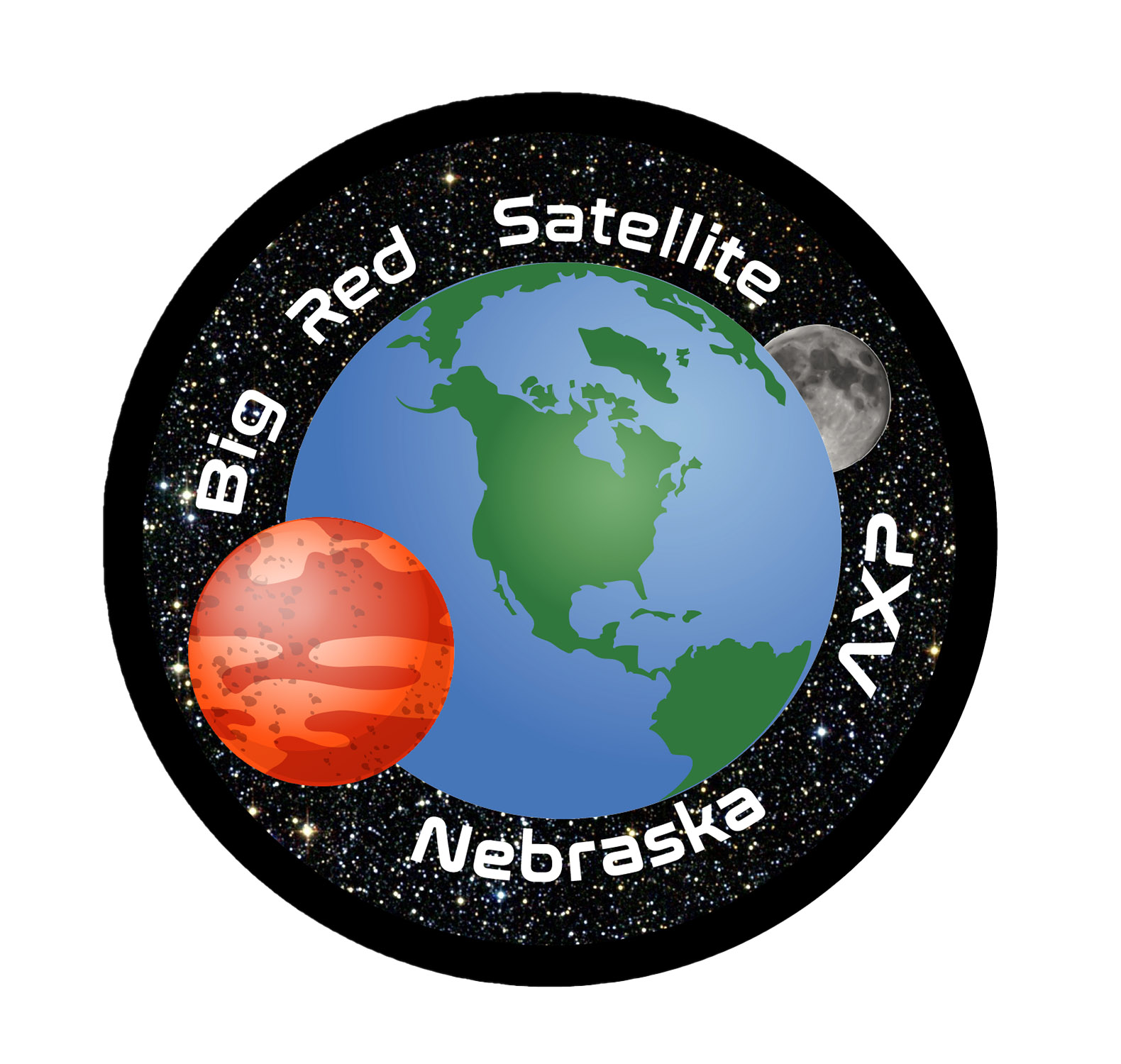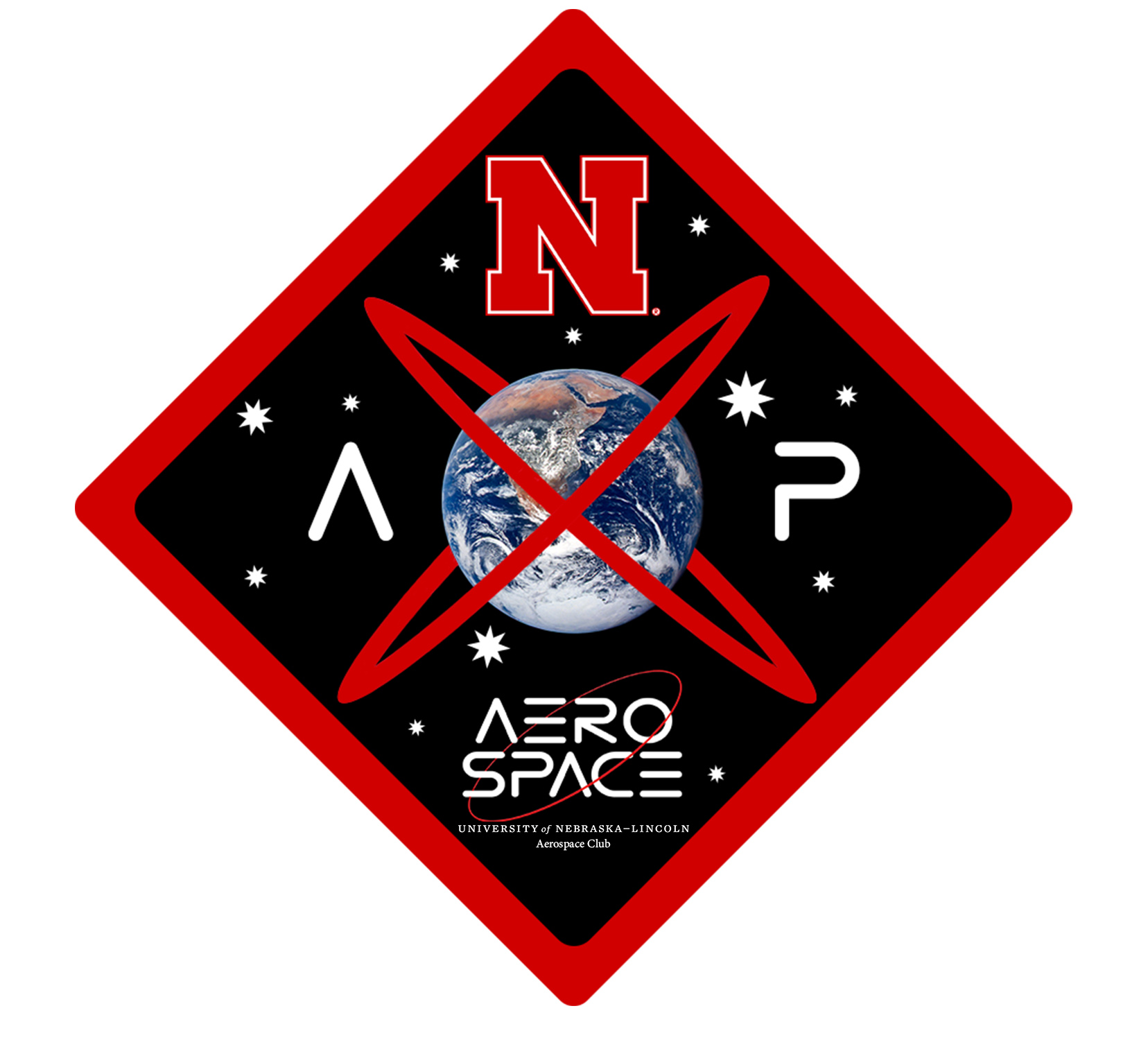
A team of Nebraska middle and high school students, mentored by University of Nebraska–Lincoln undergraduate engineering students, will have their satellite placed into Earth orbit. NASA announced this month that the project is one of 14 research satellites from nine states — and the first ever from Nebraska — to be included in an upcoming launch in the next several years as auxiliary payloads.

The Big Red Sat-1 CubeSat mission has the primary goal of engaging and developing future aerospace professionals by contributing to the development of critical technologies to improve solar power generation. The team will test a new type of solar cell to see how well it generates power with and without direct sunlight, as well as learn more about its lifespan in space.
“Congratulations to the students of Big Red Satellite Team on their selection by NASA’s CubeSat Launch Initiative. This is a historic first for Nebraska and is a testament to the incredible effort and the seriousness of purpose that defines these young men and women,” said Nebraska Congressman Don Bacon. “Their success offers an inspiring glimpse of the unlimited promise of our next generation and the potential that resides right here in Nebraska.”

The students involved are eighth- through 11th-graders representing the Omaha metro area, Lincoln and Aurora, working with the University of Nebraska–Lincoln Aerospace eXperimental Payload (AXP) student team to research, design and build a CubeSat. The construction has been done at Nebraska Innovation Studio. These satellites measure about 4 inches on each side, weigh less than 3 pounds and have an approximate volume of 1 quart (similar in size to a cube box of facial tissues).
“The College of Engineering is excited to support the students and all of the members of the Big Red Satellite Team as they develop their payload for NASA’s CubeSat program,” said Lance C. Pérez, dean of engineering at Nebraska. “This is a great example of how educational institutions and private industry can collaborate to advance STEM education and careers in Nebraska. The success of this student team and their mentors highlights the deep talent pool that we have in engineering.”
High-altitude balloon launch April 24 to test concepts for Big Red Sat-1
On April 24, the Nebraska Big Red Satellite team will launch its first high-altitude balloon with six test payloads as a precursor to the NASA CubeSat Launch Initiative. The test will occur at the Strategic Air Command and Aerospace Museum in Ashland.
The public is invited to attend a brief program beginning at 9 a.m. Liftoff is scheduled for about 9:30 a.m. Bacon and former astronaut Clayton Anderson are scheduled to speak to the team.
The launch is in partnership with the University of Nebraska at Omaha’s TED/STEM 8860 Invention and Innovation in Engineering Education class, which will conduct the “dual” high-altitude balloon near-space experiment launch with Nebraska’s AXP student team. TED/STEM 8860 graduate candidates (in-service STEM educators) are developing content- and grade-appropriate near-space experiments for their respective classrooms. AXP is testing components for the nanosatellite and supervising the Big Red Satellite team’s near-space experiments.
The Saturday launch is designed to reinforce learning concepts and new skills by studying various effects of radiation on food; solar cells; and testing hardware in preparation for the team’s CubeSat project. Three of the payloads are projects of the Big Red Satellite team. An additional three payloads are projects of the AXP team.
“The Big Red Satellite team is creating the next generation of aerospace problem solvers with the help of UNL students and professional mentors across the nation,” said John McClure, Big Red Satellite advisory board chair. “We want our team to play a role in developing the future of aerospace in Nebraska and promoting STEM opportunities for middle and high school students.”
NASA’s CubeSat Launch Initiative selects small satellite payloads built by universities, high schools and nonprofit organizations to fly on upcoming launches. Through innovative technology partnerships, NASA provides CubeSat developers a low-cost pathway to conduct scientific investigations and technology demonstrations in space, thus enabling students, teachers and faculty to obtain hands-on flight hardware development experience.
To date, 202 CubeSat missions from 42 states, the District of Columbia and Puerto Rico have been selected, and 118 CubeSat missions have launched into space. The Nebraska Big Red Sat-1 will be included in a payload launching between 2022 and 2025.









